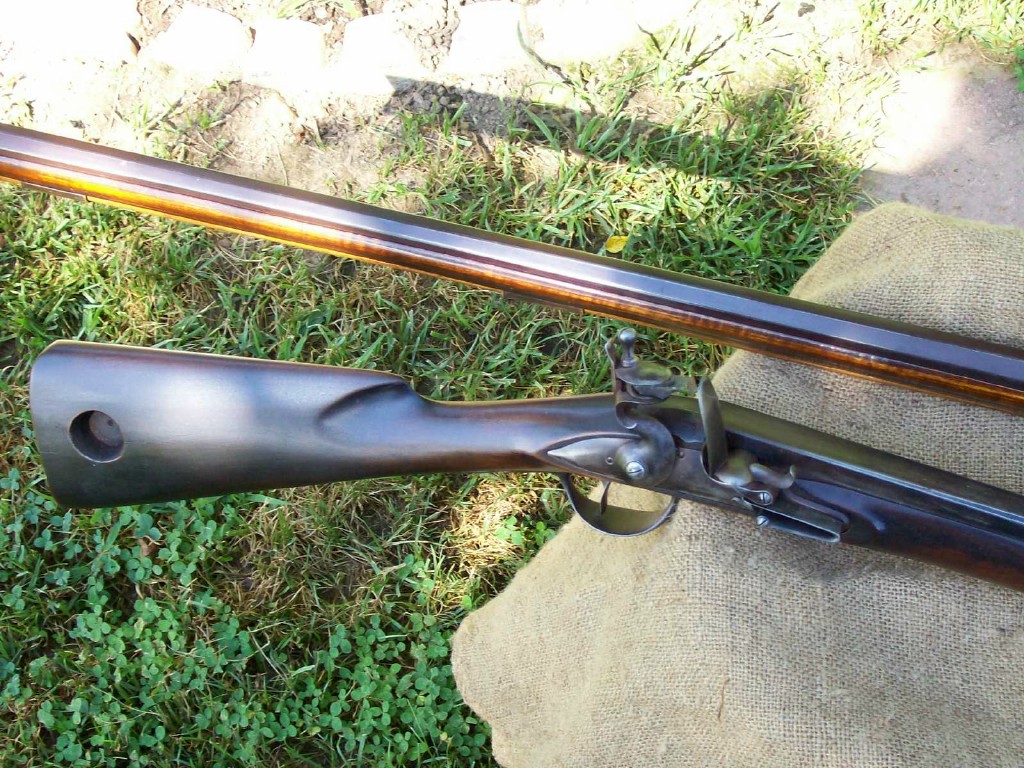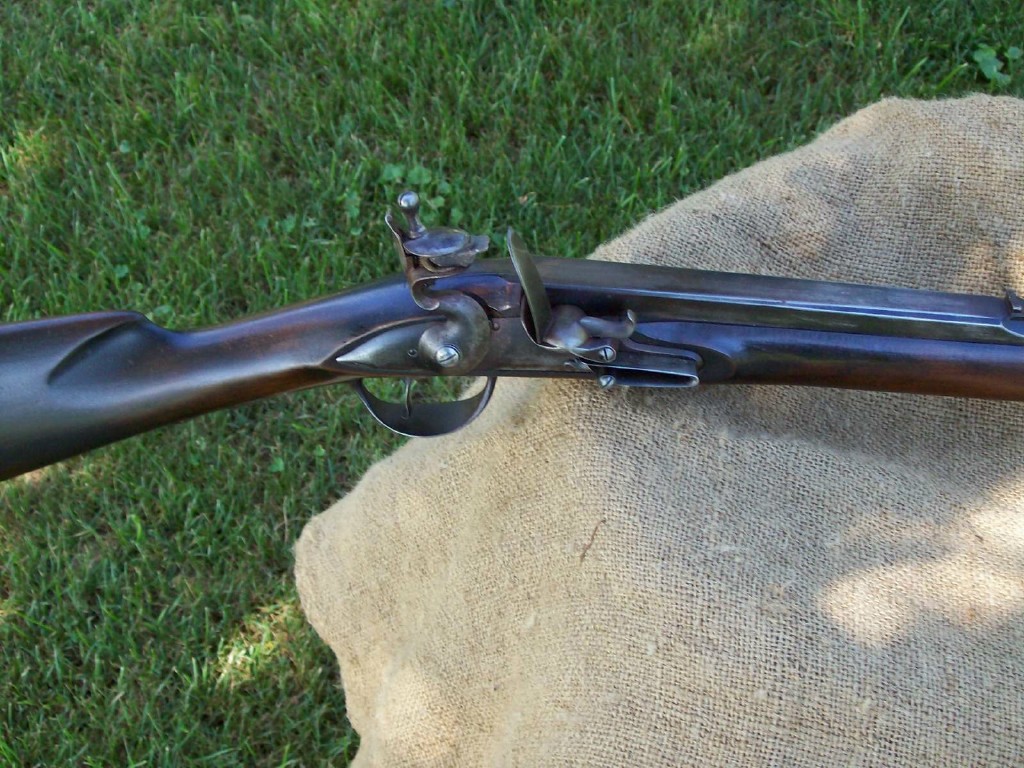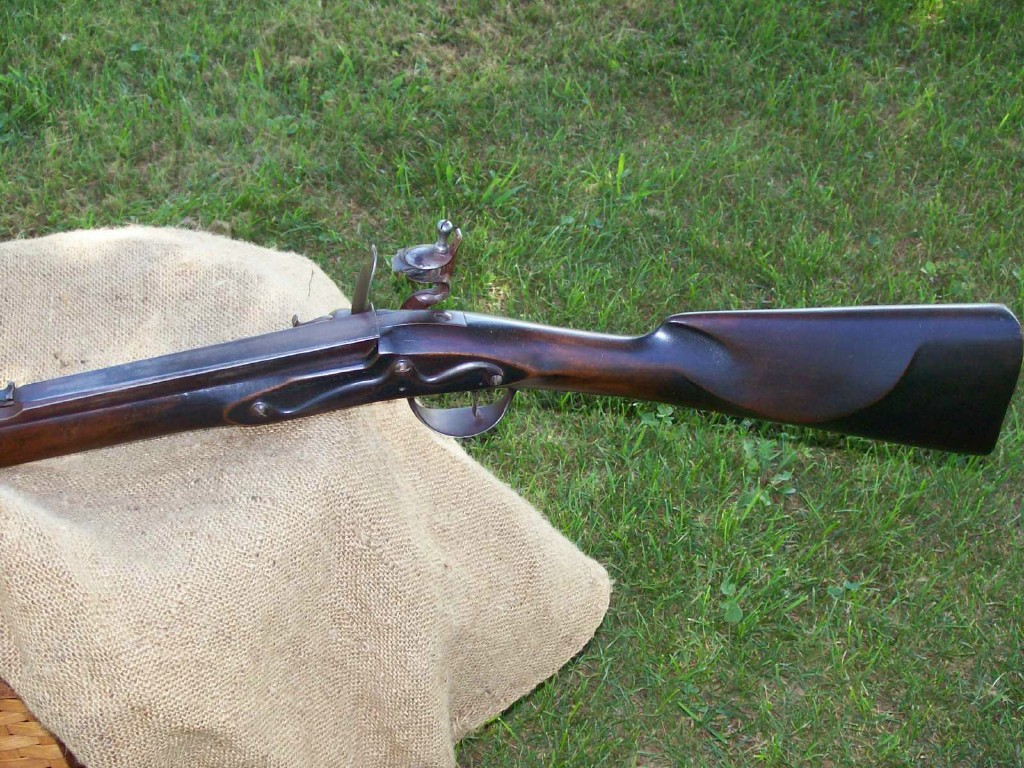- Joined
- May 6, 2014
- Messages
- 17,433
- Reaction score
- 16,436
Here is a rather early Ca. 1760-1770 Virginia Rifle I thought some others might find interesting.
It is unusual that CW has this pegged as from the Tidewater or Piedmont Area of Southeastern Virginia. Though rifles in this part of Virginia were not unknown, the rifle culture normally was nearer or in the Blue Ridge Mountains. I sure wish it had a maker's mark on it.
The fact this rifle is stocked in Black Walnut strongly suggests it was assembled in Virginia and not in England, though the English and almost "Brown Bess like styling" certainly comes through. Also, the barrel was held in place by wedges and not by barrel pins.
Oh, to get to the page that allows one to view it closer up and in different parts of the rifle, just click on the word "expand" under the top photo.
https://emuseum.history.org/objects/31405/rifle-other#
Gus
It is unusual that CW has this pegged as from the Tidewater or Piedmont Area of Southeastern Virginia. Though rifles in this part of Virginia were not unknown, the rifle culture normally was nearer or in the Blue Ridge Mountains. I sure wish it had a maker's mark on it.
The fact this rifle is stocked in Black Walnut strongly suggests it was assembled in Virginia and not in England, though the English and almost "Brown Bess like styling" certainly comes through. Also, the barrel was held in place by wedges and not by barrel pins.
Oh, to get to the page that allows one to view it closer up and in different parts of the rifle, just click on the word "expand" under the top photo.
https://emuseum.history.org/objects/31405/rifle-other#
Gus








